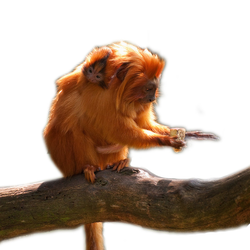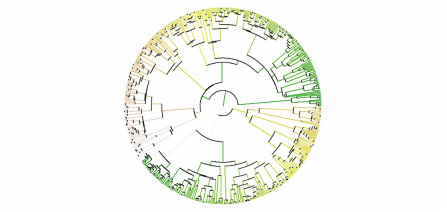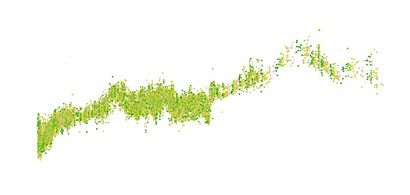Evolutionary diversification is the net outcome of speciation and extinction dynamics and the only process that directly changes the number of species on Earth. To study diversification, we use complex statistical approaches to analyze branching patterns in large phylogenetic trees. First, we evaluate how well different methods capture the branching patterns in simulated phylogenies. Second, we apply these methods to empirical trees to learn about the processes which presumably produced them.
These are the key questions which we study with Jan Zrzavy, Tanja Stadler, and Helene Morlon.
These are the key questions which we study with Jan Zrzavy, Tanja Stadler, and Helene Morlon.

Primates are a diverse group with rich fossil record and a variety of life strategies. Their taxonomy is now in flux, because of the recent adoption of phylogenetic species concept. Since a phylogeny for large portion of primate species is now available, it would be interesting to find which primate groups are unusually species rich and where diversification rates arose or slowed down.


